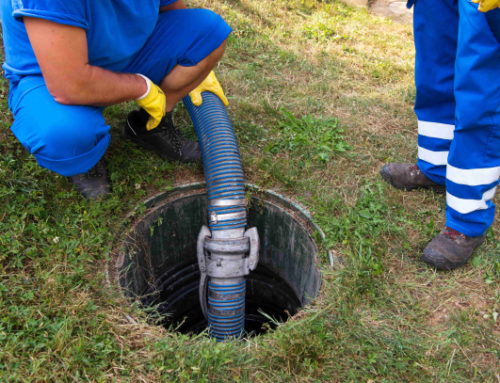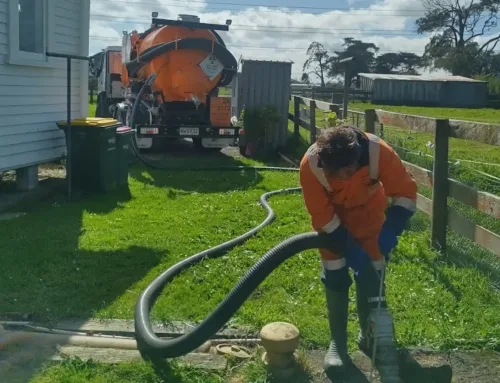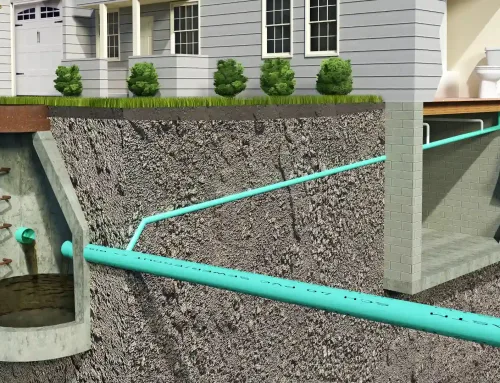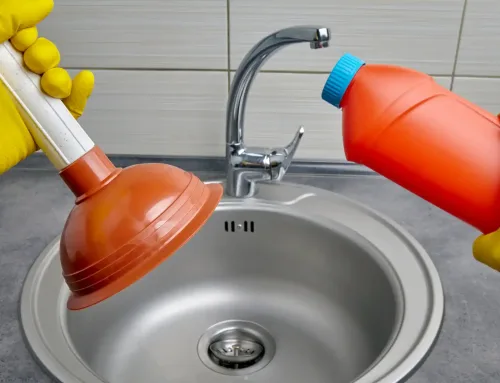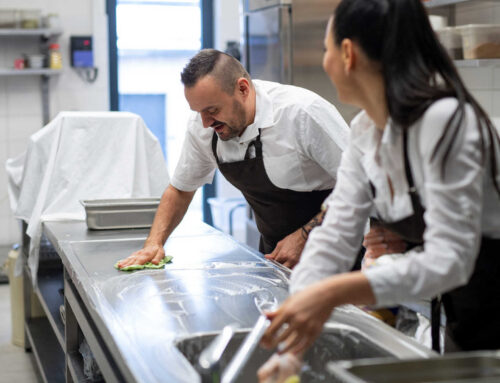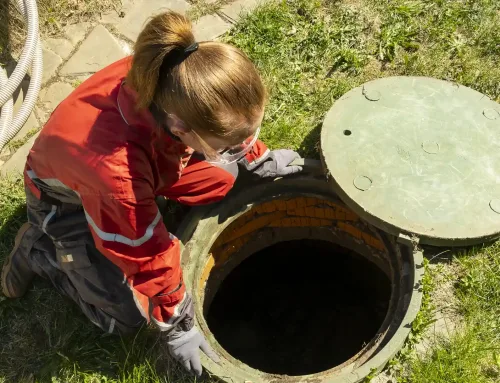Reducing Waste in Your Kitchen
Commercial kitchens can be busy places. Catering to a large number of hungry people means that food production is a big part of the business. Cooking by-products alongside leftovers from prepared food adds up to contribute to the wastage from the establishment. Reducing waste is a crucial part of keeping your grease-trap running well. This blog is all about the kinds of food scraps and products that should be avoided if you wish to maintain your grease-trap properly.
As explained in previous blogs, a grease-trap is an important part of any commercial kitchen. The role of a grease trap is to separate fats, oils and grease or FOG from wastewater. Water that goes down the drain needs to flow freely and any remnants of FOG, no matter how small, all add up to clog drains and contribute to the risk of flooding, blockages and backup waste. Whenever this occurs you have the combined issue of possible breakage to your drain or grease trap system, along with bad smells. This, in turn, attracts disease-carrying pests like vermin and insects. We have created a list of the most common foods that a kitchen produces which should not be washed down sinks and drains.
Where is the sauce?
Any dressings and sauces that include amounts of butter, margarine, mayonnaise or oils should be removed from plates and ramekins before being washed. A pre-wash container can be a valuable system to implement so to break down the FOG from plates prior to being washed or put into a steriliser. Removing excess grease from utensils can also reduce the amount of FOG that enters the drain.
Food waste
Ensure that everyone employed in the establishment understands what to do and why they are doing it. Have a training measure in place that teaches people the importance of clearing food scraps off plates before washing and try not to let coffee grinds enter the drain. This is because excess food and coffee grounds can cause blockages and create foul smells if they are left to accumulate. Another measure to assist with this is to have a sink strainer to catch some of the food that might be left on plates and utensils and thus reduce the waste from entering the sink.
These practices are all necessary measure to take in reducing waste in your kitchen. Reducing waste begins at food purchasing and continues to food preparation right through to clearing up at the end of the meal. At every step, ensuring you are only using what you need and are clearing away FOG prior to a washing means that you are taking the steps required to reducing waste. This is a big part of keeping your kitchen running effectively along with your grease-trap. Treat your grease-trap well and it will work for you, saving you time and money. Is that not something we all want more of?

